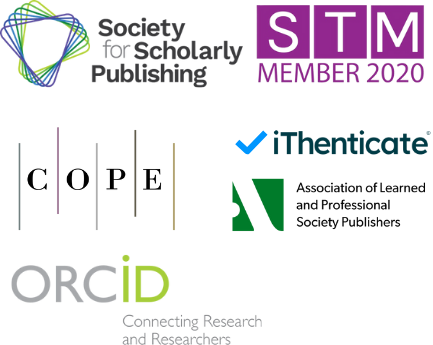Study on the Role and Emotional Expression of the Cello in Ensemble Performance
DOI:
https://doi.org/10.5281/zenodo.15534561Keywords:
ensemble performance, emotional expression, acoustic features, multiple regression analysisAbstract
In this paper, we explore the role of the cello in an ensemble both functionally and emotionally. We have selected representative symphonic and chamber music works and analyzed their acoustic characteristics, such as spectral distribution, dynamic range, and duration, from recordings. This analysis allowed us to assess the performers' skills and gather listener evaluations through questionnaires and interviews. By multiple regression and cluster analyses, we clarify how diverse acoustic features and instrumental skills work towards emotional expression. The study, through the analyses, reveals several key points: (1) the cello's low-frequency timbre is a significant factor in the overall tonal balance of the ensemble; (2) certain performance techniques (legato as an example of the techniques, and vibrato) of the cello symbolize distinct pairs of emotions such as sadness and happiness; and (3) the listeners' emotional cello-timbre perceptions are in the same direction as the measurable changes of the acoustic features of this instrument. At the end of the paper, we provide ideas on the necessary cello placements for different ensemble configurations and consider the future implications of these findings in music-emotion computing and intelligent performance assistance.
References
1. R. V. Anand, A. Q. Md, G. Sakthivel, T. V. Padmavathy, S. Mohan, and R. Damaševičius, “Acoustic feature-based emotion recognition and curing using ensemble learning and CNN,” Appl. Soft Comput., vol. 166, p. 112151, 2024, doi: 10.1016/j.asoc.2024.112151.
2. E. A. Alkhamali, A. Allinjawi, and R. B. Ashari, “Combining Transformer, Convolutional Neural Network, and Long Short-Term Memory Architectures: A Novel Ensemble Learning Technique That Leverages Multi-Acoustic Features for Speech Emotion Recognition in Distance Education Classrooms,” Appl. Sci., vol. 14, no. 12, p. 5050, 2024, doi: 10.3390/app14125050.
3. W. Zhang et al., “An effective ensemble learning framework for affective behaviour analysis,” in Proc. IEEE/CVF Conf. Comput. Vis. Pattern Recognit. Workshops (CVPRW), Seattle, WA, USA, 2024, pp. 4761–4772, doi: 10.1109/CVPRW63382.2024.00479.
4. J. H. Chowdhury, S. Ramanna, and K. Kotecha, “Speech emotion recognition with light weight deep neural ensemble model using hand crafted features,” Sci. Rep., vol. 15, no. 1, p. 11824, 2025, doi: 10.1038/s41598-025-95734-z.
5. S. C. Hidayati, M. Subhan, and Y. Anistyasari, “A Novel Stacking Ensemble Learning Approach for Emotion Detection in Audio-to-Text Transcriptions,” in Proc. Int. Sem. Intell. Technol. Appl. (ISITIA), Jul. 2024, pp. 512–517, doi: 10.1109/ISITIA63062.2024.10667800.
6. Prathyakshini, Prathwini, and Keerthana, “Optimization of Speech Emotion Recognition Through Advanced Ensemble Learning Techniques,” in Proc. Int. Conf. Commun. Electron. Syst. (ICCES), Dec. 2024, pp. 1324–1330, doi: 10.1109/ICCES63552.2024.10859813.
7. G. H. Mohmad and R. Delhibabu, “Speech Databases, speech features and classifiers in speech emotion recognition: A Review,” IEEE Access, 2024, doi: 10.1109/ACCESS.2024.3476960.
8. L. J. M. Raboy and A. Taparugssanagorn, “Verse1-Chorus-Verse2 Structure: A Stacked Ensemble Approach for Enhanced Music Emotion Recognition,” Appl. Sci., vol. 14, no. 13, p. 5761, 2024, doi: 10.3390/app14135761.
9. N. Aishwarya, K. Kaur, and K. Seemakurthy, “A computationally efficient speech emotion recognition system employing machine learning classifiers and ensemble learning,” Int. J. Speech Technol., vol. 27, no. 1, pp. 239–254, 2024, doi: 10.1007/s10772-024-10095-8.
10. A. Tripathi and P. Rani, “An improved MSER using grid search based PCA and ensemble voting technique,” Multimed. Tools Appl., vol. 83, no. 34, pp. 80497–80522, 2024, doi: 10.1007/s11042-023-17915-0.
Downloads
Published
Issue
Section
License
Copyright (c) 2025 Zhiyun Yang (Author)

This work is licensed under a Creative Commons Attribution 4.0 International License.



